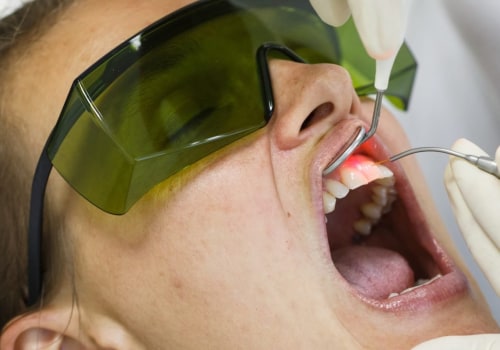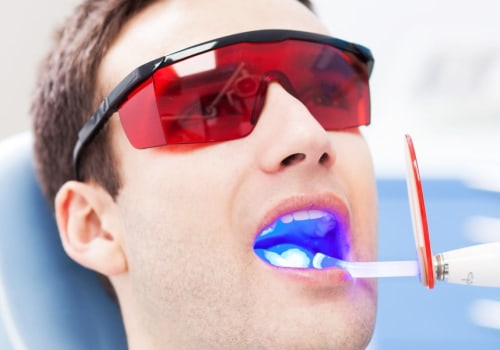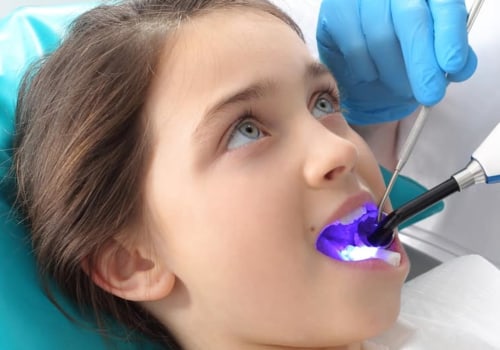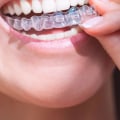Diode lasers are the most commonly used laser in dentistry for the treatment of soft tissue. Diode lasers are a type of soft tissue laser. If you've ever used a laser pointer, diode lasers work in a similar way. They are generally compact in size and very affordable, making them a major attraction in the world of dentistry.
Diode lasers are used in laser teeth whitening, channel printing, gingivectomies, and more. Intraoral soft tissue procedures are their primary use and can encompass a wide range of procedures in this category. In general, most dental lasers fall into two categories: hard or soft tissue lasers. This is because some are too abrasive for soft tissue, while others are not abrasive enough for hard tissue.
Some can be used interchangeably if their wavelength allows it. For example, erbium lasers can often be used for soft tissue use, depending on the procedure. The world of lasers can become a very profound topic, however, the basic concepts mentioned are a good overview of the use of lasers in dentistry. In dentistry, several different types of lasers are used.
The two most common are hard tissue (for enamel and dental structures) and soft tissue (for gum and mucosal tissues). Diode laser devices have specifications such as a relatively small size, portable and lower cost that attract dentists and oral surgeons for use in a variety of surgical indications compared to other laser equipment1, 9, 10. In another experimental study, conducted by Goharkhay et al, they compared the histological effects of laser treatment on the oral mucosa of fresh pig jaws using a diode laser with a wavelength of 810 nm and a surgical blade. Laser systems and their application in dentistry and especially in oral surgery are currently improving rapidly. From there, lasers vary depending on the type of light technology used within the laser itself.
The benefits of laser dentistry for treating gums are that it is gentle enough to treat the outer layer of tissues, but tough enough to destroy the source of the infection. A small equipment size and easy application of the diode laser were observed for the fiber conduction system compared to the arm conduction system in the Co2 laser. With periodontal laser therapy, lasers cause gums to reattach to tooth surfaces, physically shortening the depth of the pockets around infected teeth. Not only is the Gemini diode laser the latest in dental laser technology with its dual-wavelength diode, but it's also affordable.







